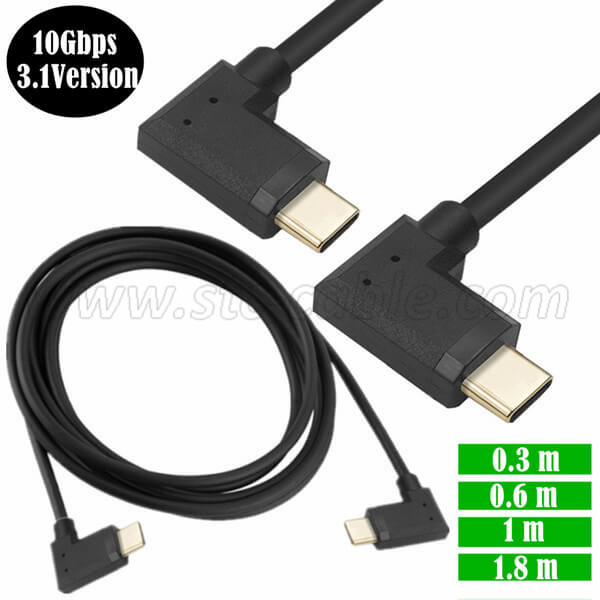What happens if you hook up a USB Type-C phone to another USB Type-C phone via the USB cable?
When you connect a USB Type-C phone to another USB Type-C phone using a USB cable, several potential outcomes depend on the devices' capabilities and the nature of the connection. Here’s what could happen:
1. Charging One Phone from the Other
Power Delivery: Many modern USB Type-C phones support USB Power Delivery (USB PD), which allows for bidirectional power flow. If one phone supports USB PD and is capable of acting as a power source, it can charge the other phone.
Reverse Charging: Some phones have a feature called reverse charging or battery sharing, allowing them to provide power to another device. If both phones support this feature, one phone can charge the other.
2. Data Transfer Between Phones
File Transfer: If both phones are capable of USB On-The-Go (OTG), they might recognize each other as data transfer devices. This could allow for file transfers between the phones.
Specific Apps: Some phones and apps are designed to facilitate data transfers directly between phones. For example, certain manufacturers’ proprietary data transfer apps can facilitate moving files or settings between devices.
3. Device Recognition
Device Roles: When two USB Type-C devices are connected, one device typically acts as the host while the other acts as a peripheral. Depending on the phone’s software and capabilities, one phone might act as a host to manage data transfer or charging.
4. Incompatibility Issues
Non-Standard Behavior: If the phones do not support features like USB OTG or power delivery, they might not recognize each other, or the connection might not work as expected. In this case, the connection could be ineffective for data transfer or charging.
5. Cable Compatibility
Cable Specifications: The behavior also depends on the USB Type-C cable’s specifications. Not all USB Type-C cables support data transfer or high-wattage power delivery. Using a cable that doesn’t meet the necessary standards might limit functionality.
Common Scenarios
1. Phone A Charges Phone B: If Phone A has a reverse charging feature and Phone B needs charging, Phone A can supply power to Phone B.
2. File Transfer: If both phones support USB OTG and the necessary software or apps are in place, you might be able to transfer files between the phones.
3. No Action: If neither phone supports the required features or if the cable is not capable of data transfer or power delivery, the connection might not yield any results.
Practical Example
1. Reverse Charging: A phone like the Samsung Galaxy S20 series supports reverse charging. If you connect it to another phone, it can charge the second phone provided that both phones and the cable support the necessary power delivery standards.
2. Data Transfer: Using a USB OTG adapter, one phone can act as a host to connect to other USB devices. If both phones support OTG and proper file transfer protocols, you can move files directly between them.
Conclusion
Connecting two USB Type-C phones with a cable can lead to various outcomes based on the phones' support for USB OTG, power delivery, and other standards. The connection can potentially allow for charging one phone from the other, transferring files, or it might not work if the devices and cables do not support the required functionalities.
Send your message to us:
Post time: Jul-18-2024
